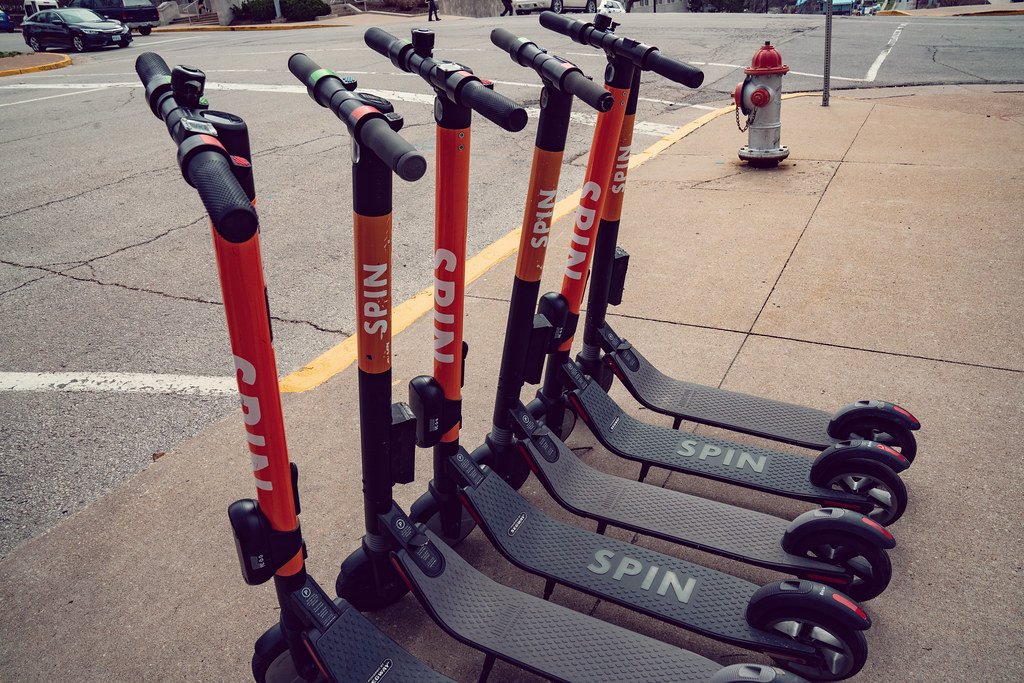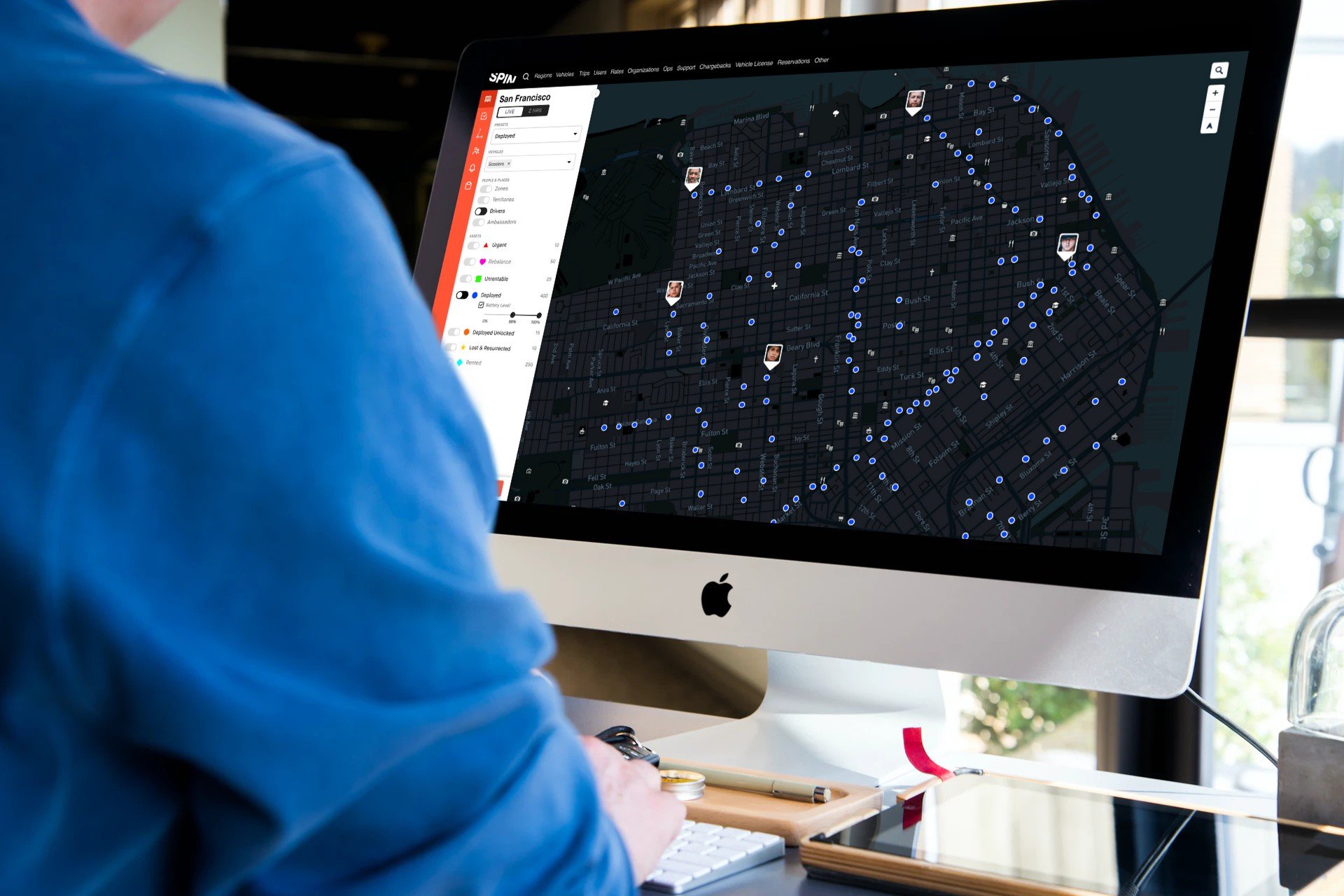
Increased Operational Efficiency and Identified Daily Workflow Malfunctions
Spin, a leading scooter company, faced operational challenges in dispatch and deployment that hindered their ability to maximize revenue. The dispatchers and field teams worked with five disjointed tools, making scooter deployment inefficient. High turnover among dispatch teams across cities compounded the issue, as training new shift managers was slow and complex. In turn, this reduced scooter availability, significantly impacting revenue.
Dispatch & Deployment Issues
Dispatch Problems: Shift managers had to manage five unintegrated tools, leaving them with limited visibility into scooter locations and deployment statuses. Training new shift managers on these tools took too long, while existing field teams often disregarded the shift managers' instructions, relying on their own methods instead.
Deployment Problems: The inability to predict which scooters could be redeployed to users in a timely manner caused inefficiencies. Deployment teams struggled with tools that weren't user-friendly, further delaying operations.
The Opportunity
The growing demand for scooters presented a significant opportunity. The company that deployed the most scooters, with optimal charge and at the right time, would have a competitive edge. Improving the mobile app for the deployment team and the admin tools for shift managers became the primary focus to enhance efficiency.
Key Insights
James immersed himself in the daily operations at Spin. Through field research, he uncovered key operational inefficiencies:
Operational Awareness: By joining the 5AM shift and observing how teams deployed scooters, James realized that the field teams had a better understanding of how to maximize profits than the managers and founders.
Future-Proofing: Spin's founders were developing new scooters with swappable batteries, so the tools James designed had to account for both existing and future hardware innovations.
The PROCESS
James took a hands-on approach to redesigning Spin's tools:
Field Research: He built tactical personas to better understand each warehouse role, visiting the dispatch warehouse to gain firsthand experience. By participating in daily shifts, he identified key pain points and usability issues with the current system.
Prototyping: Using Figma, James developed mobile and desktop prototypes and conducted biweekly user testing with field teams and shift managers to gather feedback.
Design Solutions: He created an intuitive dispatch application that required minimal training and reduced eye strain for shift managers working in low-light conditions. Additionally, James redesigned the mobile app to enable one-handed use and improved usability for field teams, reducing deployment errors.
THE SOLUTION
James’ work resulted in::
Simplified Dispatch Tool: The new application consolidated tasks, eliminating the need for two other software tools, thus reducing complexity for dispatchers.
Increased Scooter Deployment Speed: The redesigned mobile app allowed the field teams to deploy scooters three times faster.
Minimized Scooter Loss: The improved system reduced lost scooters from 10 per day to just 2.
Streamlined Training: Training new shift managers decreased from three full days to just four hours, allowing faster onboarding.
IMPACT
Through his field research, prototyping, and iterative design process, James played a critical role in boosting operational efficiency at Spin. His design solutions resulted in improved productivity, fewer lost scooters, faster deployment, and reduced training time, directly impacting the company's bottom line:
Key Skills Utilized:
Field Research
Rapid Prototyping
UI & Interaction Design (Figma)
Design Systems
Project Management





